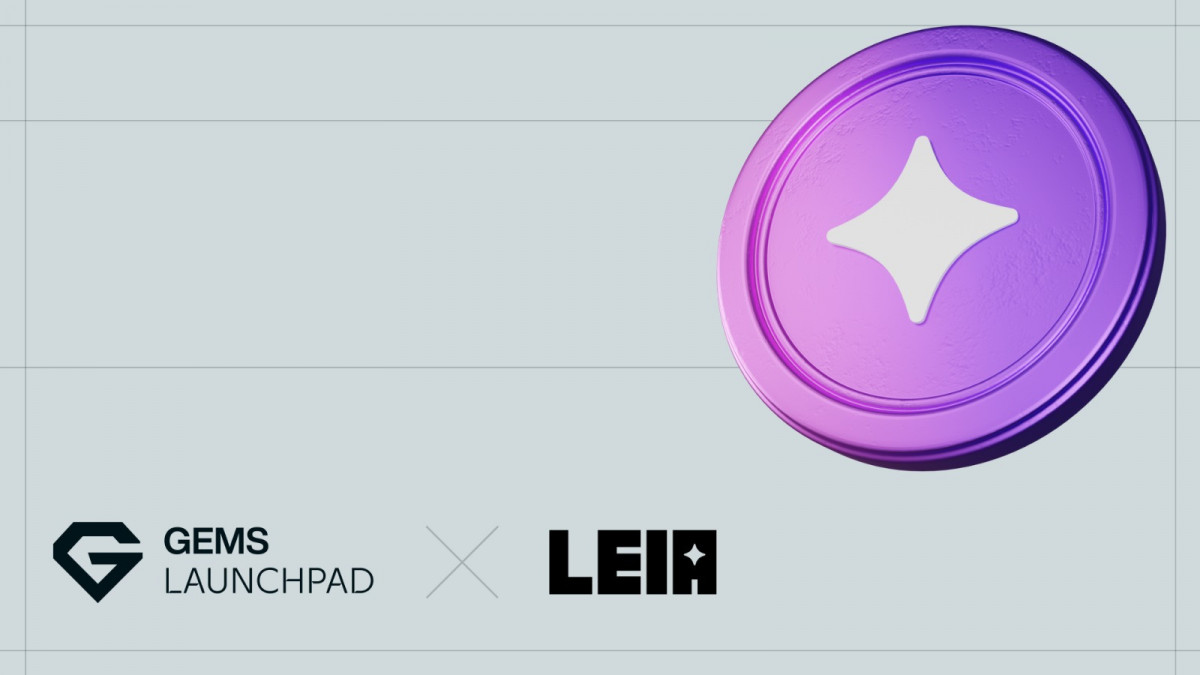Non-fungible tokens, also known as NFTs, are a type of token that is used in the cryptocurrency industry to track ownership and validity.
There’s a lot of promise in them because you can make a digital asset, store it on the blockchain, and then get money every time someone else buys the asset. In the fourth quarter of 2021, the trade volume and market value of NFTs went up a lot.
Coin-collectibles like CryptoKitties, Everdragons, CryptoPunks, and dozens of other crypto-collectibles offer a new way to invest.
With a little effort and innovation, you can create your own NFT and distribute it to people all around the world.
However, it’s critical to keep in mind that working on the blockchain is not free. The consensus among several nodes is required to add a transaction to a public blockchain.
Transactions start the process of minting tokens, transferring tokens, and calling functions on blockchain-based code, which is why they are important.
When users initiate transactions on the blockchain, they pay a number of tokens, which serve as transaction fees, similar to how they do in the traditional banking system (gas fees in the case of Ethereum).
Miners receive a percentage of the gas costs as compensation for adding a specific transaction to the blockchain. The magnitude of the gas taxes is not constant, as it varies according to network demand. The more congested the network, the more patrons must pay in gas fees.
In terms of minting your own NFT, transaction fees are the most obvious cost.
So you’re interested in developing your own cryptocurrency collectibles? Great! Let us begin. However, before you start, you’ll need to figure out how much it will cost to mint your own NFT collectibles.
What is minting?
“Mint” is a term that refers to the act of creating something for the first time. Minting is the process of validating data, producing a new block, and adding it to the blockchain. For instance, someone may manufacture an NFT or a new coin.
There are two methods for minting an NFT: a no-code, and an intense technique in which the code for minting and deploying the NFT is written explicitly.
If you wish to sell your art online, there are several NFT platforms to select from. Among the most well-known are OpenSea, Rarible, SuperRare, and Foundation. Customers can mint and sell collectibles on these markets with a few mouse clicks. There is no need for coding.
The other, more prevalent, way for large projects is to employ a token standard (ERC-721 or ERC-1155), store the collectibles on decentralized storage, and install the smart contract code on-chain. This approach enables artists and developers to incorporate specific features that marketplaces may lack.
They can either construct their own website or marketplace where others can purchase art, or they can share the address of their smart contract with a marketplace to have their work featured.
What are the costs associated with minting?
The cost of minting an NFT is highly…
Read More: web3.hashnode.com









 r/CryptoCurrency Moons
r/CryptoCurrency Moons  XANA
XANA  Nasdaq420
Nasdaq420  Ctrl
Ctrl  Lock In on Base
Lock In on Base  Crust Network
Crust Network  Pika Protocol
Pika Protocol  VNX Swiss Franc
VNX Swiss Franc  AI Agent Layer
AI Agent Layer  UNCX Network
UNCX Network  Anon
Anon  QnA3.AI
QnA3.AI  Polimec
Polimec  Everclear
Everclear  Mey Network
Mey Network  Brett (ETH)
Brett (ETH)  QASH
QASH  UNKJD
UNKJD  Solcasino Token
Solcasino Token  Wise
Wise  TypeAI
TypeAI  Thales AI
Thales AI  Oobit
Oobit  Data Lake
Data Lake  Trog
Trog  Anzen Finance
Anzen Finance  BLOCKLORDS
BLOCKLORDS  Whine Coin
Whine Coin  Kitten Haimer
Kitten Haimer  Dickbutt
Dickbutt  Fuku
Fuku  Bitfinity Network
Bitfinity Network  Welshcorgicoin
Welshcorgicoin  Sallar
Sallar  MantaDAO
MantaDAO  THORWallet DEX
THORWallet DEX  BlueMove
BlueMove  Liquina
Liquina  AC Milan Fan Token
AC Milan Fan Token  Seedworld
Seedworld  Doge Eat Doge
Doge Eat Doge  KardiaChain
KardiaChain  HELLO
HELLO  Roko Network
Roko Network  StakeWise
StakeWise  Hasbulla's Cat
Hasbulla's Cat